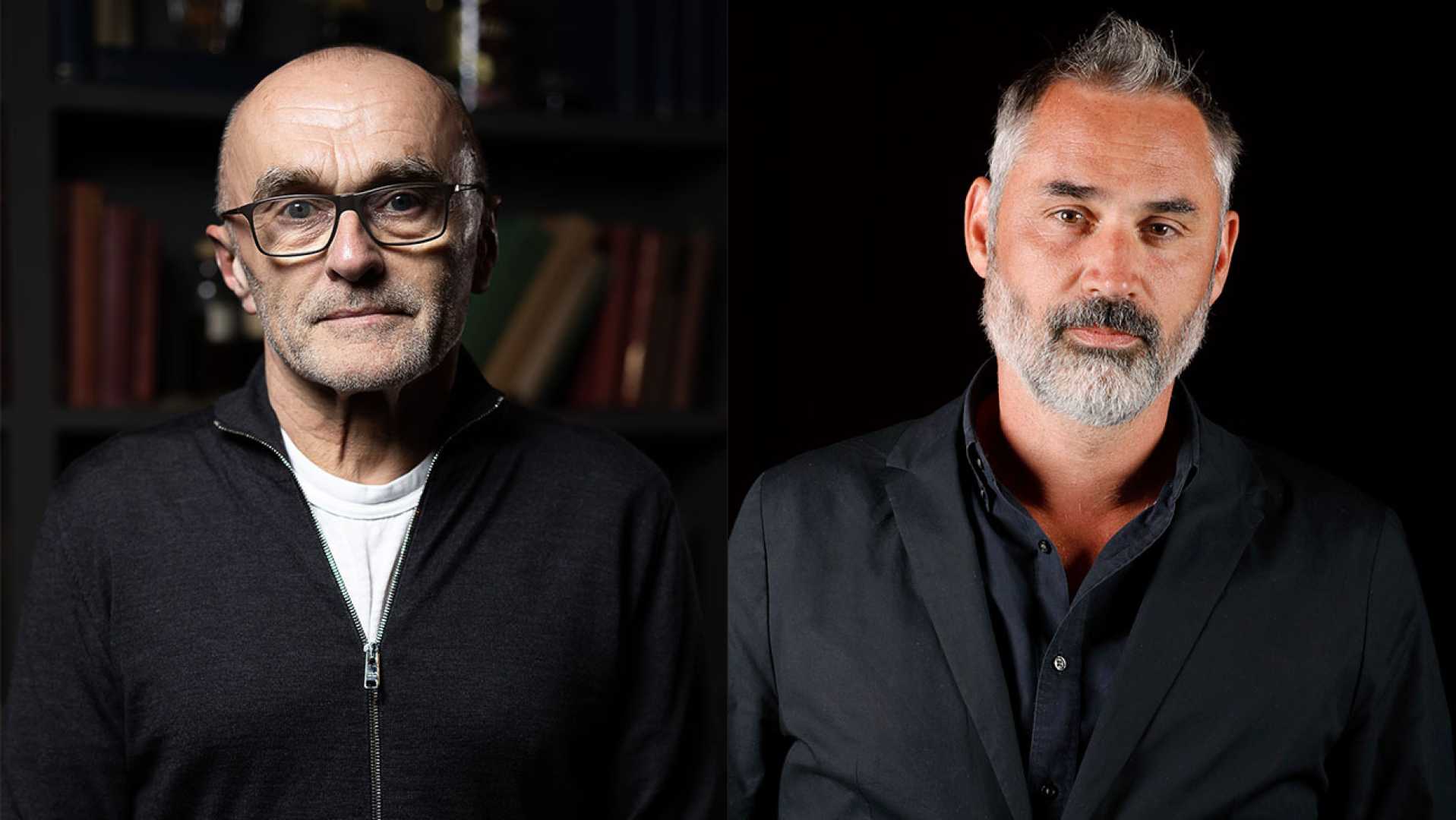Entertainment
Danny Boyle Revives Zombie Horror with ’28 Years Later’

LONDON, U.K. — Legendary director Danny Boyle reunites with screenwriter Alex Garland for their latest film, “28 Years Later,” a follow-up to the iconic 2002 horror movie “28 Days Later.” The new film explores a quarantined England, grappling with the aftermath of a deadly infection that transformed most of the population into aggressive zombies.
The narrative picks up 28 years after the original, beginning with a prologue that revisits the outbreak’s early days. Unlike its predecessor, none of the original characters return, and the events of the 2007 sequel, “28 Weeks Later,” have been disregarded. In this latest installment, the infection has been contained, and the U.K. remains isolated, indirectly commenting on Brexit and its socio-political consequences.
Among the survivors is a 12-year-old boy named Spike, played by Alfie Williams, who lives in a small commune on an island. The community has managed to survive by sharing resources and trekking to the mainland for supplies. Spike’s parents, Jamie and Isla, confront a parental dilemma regarding his readiness for survival beyond their safe haven.
Jamie, portrayed by Aaron Taylor-Johnson, argues that Spike is capable enough for his first trip, while Isla, played by Jodie Comer, believes he is too young, especially as she battles a mysterious sickness that leaves her weak. This family conflict underscores the film’s exploration of masculinity and femininity.
The film also introduces Dr. Kelson, an eccentric character portrayed by Ralph Fiennes, who represents a potential path to healing for Isla. As Jamie instructs Spike on survival tactics, the narrative transitions into the dangers posed by the film’s evolved zombies, including new Alpha leaders and their ruthless hunting methods.
Visually, Boyle revives his cinematic style with dynamic camerawork, blending digital techniques to enhance the movie’s intensity. His collaboration with cinematographer Anthony Dod Mantle showcases the beauty of a ravaged landscape now inhabited by both the living and the undead.
As the film unfolds, moments of levity and cultural commentary arise, including an amusing reference to Shakespeare’s “Hamlet,” adding depth to its narrative fabric. The complexities of Spike’s family dynamics, juxtaposed against the brutal reality of a zombie-infested world, anchor the film’s emotional core.
Ultimately, “28 Years Later” not only adds a fresh chapter to the zombie genre but also transcends traditional horror by engaging with themes of survival, familial love, and social commentary. The film’s unexpected twists and dark humor have already sparked discussions among audiences, particularly in the U.K.
Boyle and Garland have effectively crafted a film that honors its predecessors while carving out a new path for the franchise, set to continue with the upcoming installment, “28 Years Later: The Bone Temple,” scheduled for release in January.












